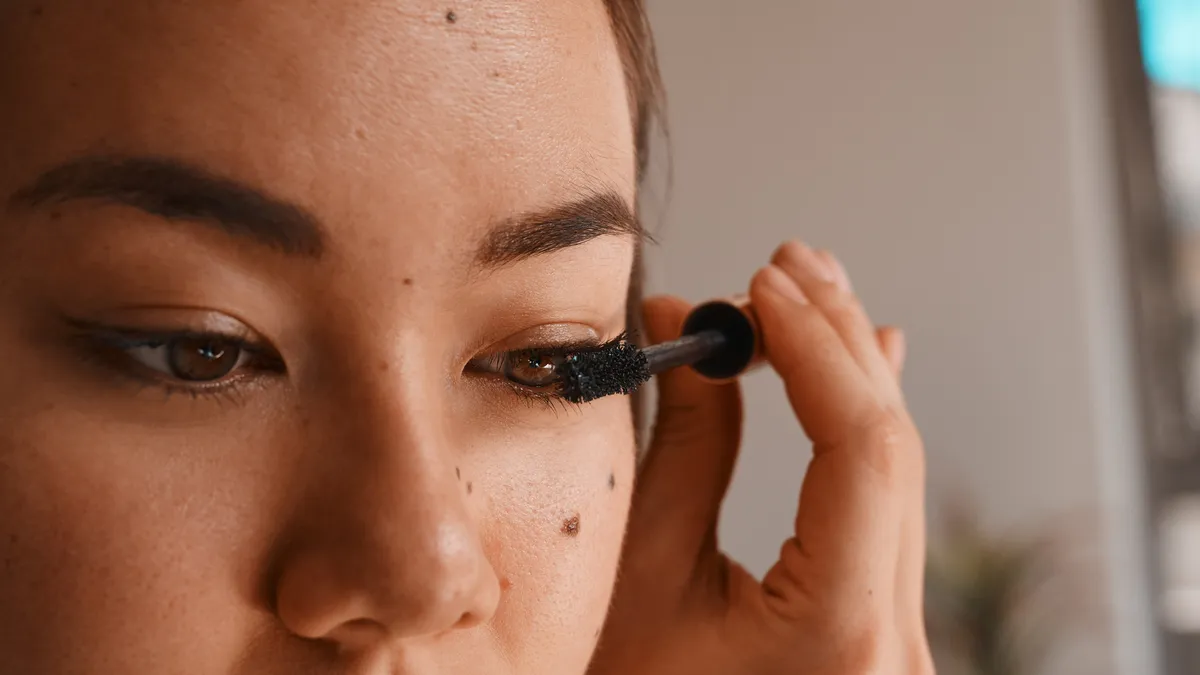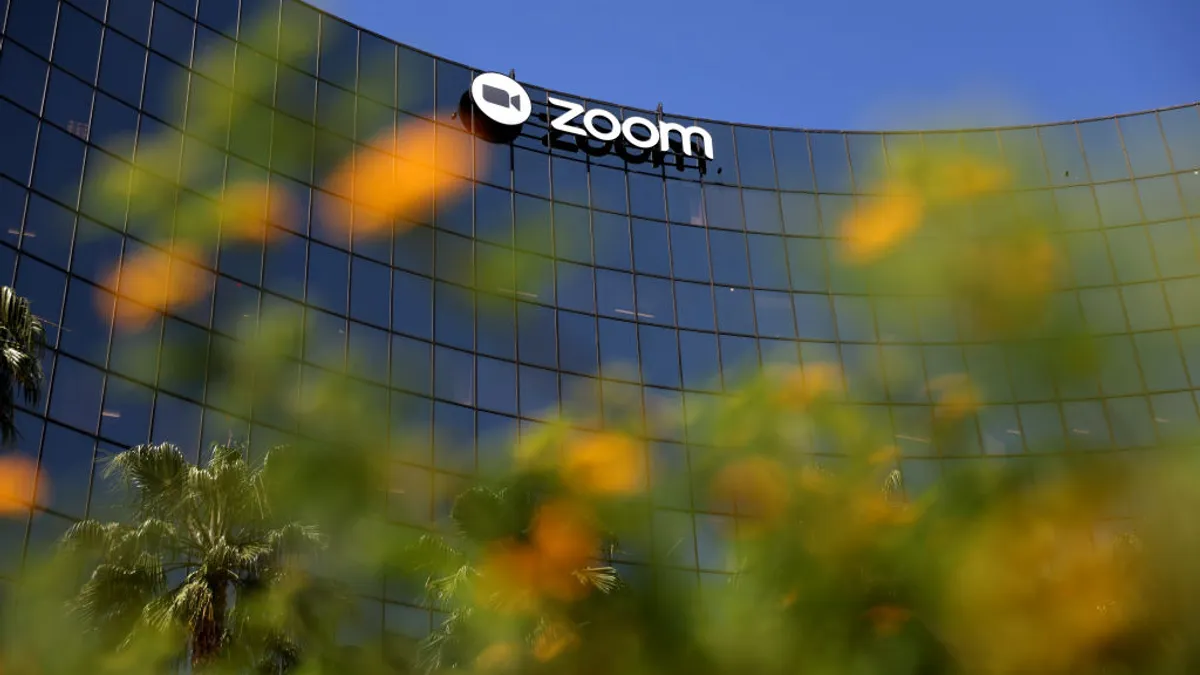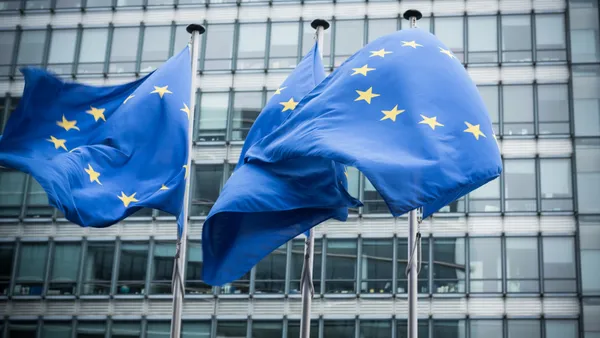When Estée Lauder Companies decided to focus on making technology more inclusive for employees and consumers, the IT team adopted it as a big part of its agenda, according to Michael Smith, CIO at Estée Lauder Companies.
“This was really spurred from what I believed for a long time to be a completely untapped kind of opportunity around inclusive tech,” Smith told CIO Dive.
With innovation as a core part of the company’s DNA, Smith said, he wanted to amplify what already existed. The company held hackathons and ideathons, meant to serve as cultural touchstones.
“As a company, we want to be the most inclusive beauty company in the world,” Smith said. “And that really starts with understanding who your consumer is, spending time with them and really trying to understand their needs, sometimes even before they do.”
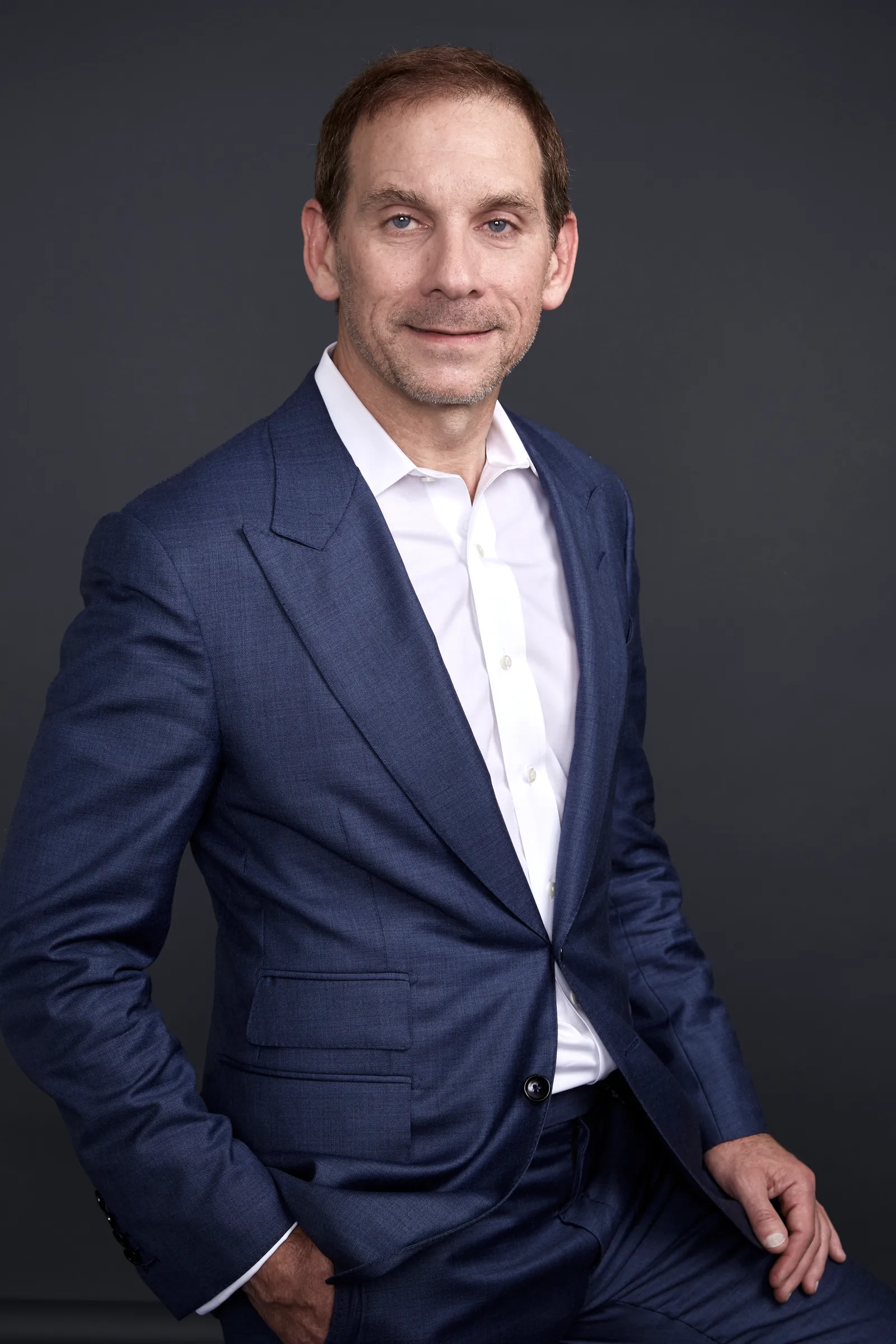
By incorporating accessibility targets into the development of apps, websites or internal facing applications and systems, businesses can foster inclusivity — a value that customers and employees look for when interacting with brands.
Many people take for granted the barriers to entry when using an application, Ross Engelhardt, director of product strategy and digital growth at business consulting and services company AlixPartners, said in a report published by TechPACT, a group focused on promoting diversity, equity, inclusion and belonging across the technology community.
An estimated 1.3 billion people in the world experience a significant disability, according to data published in March by the World Health Organization. To adequately foster inclusivity through technology, Estée Lauder Companies knew it had to address accessibility needs.
“So if we’re going to be inclusive, that means if we don’t address accessibility, we’re missing 16% of the world’s population,” Smith said. “That’s a huge group of people that deserve more from the beauty industry and from technology.”
Accessibility targets can vary, but Engelhardt said implementing keyboard navigation, including people with disabilities in user testing and updating audio and visual content with alternative options when applicable is a good place to start.
Making make-up application easier
Estée Lauder Companies, which includes its flagship brands Clinique, MAC and SmashBox, launched an AI-powered voice-enabled makeup assistant mobile app in January aimed at supporting those with low vision or those who are blind.
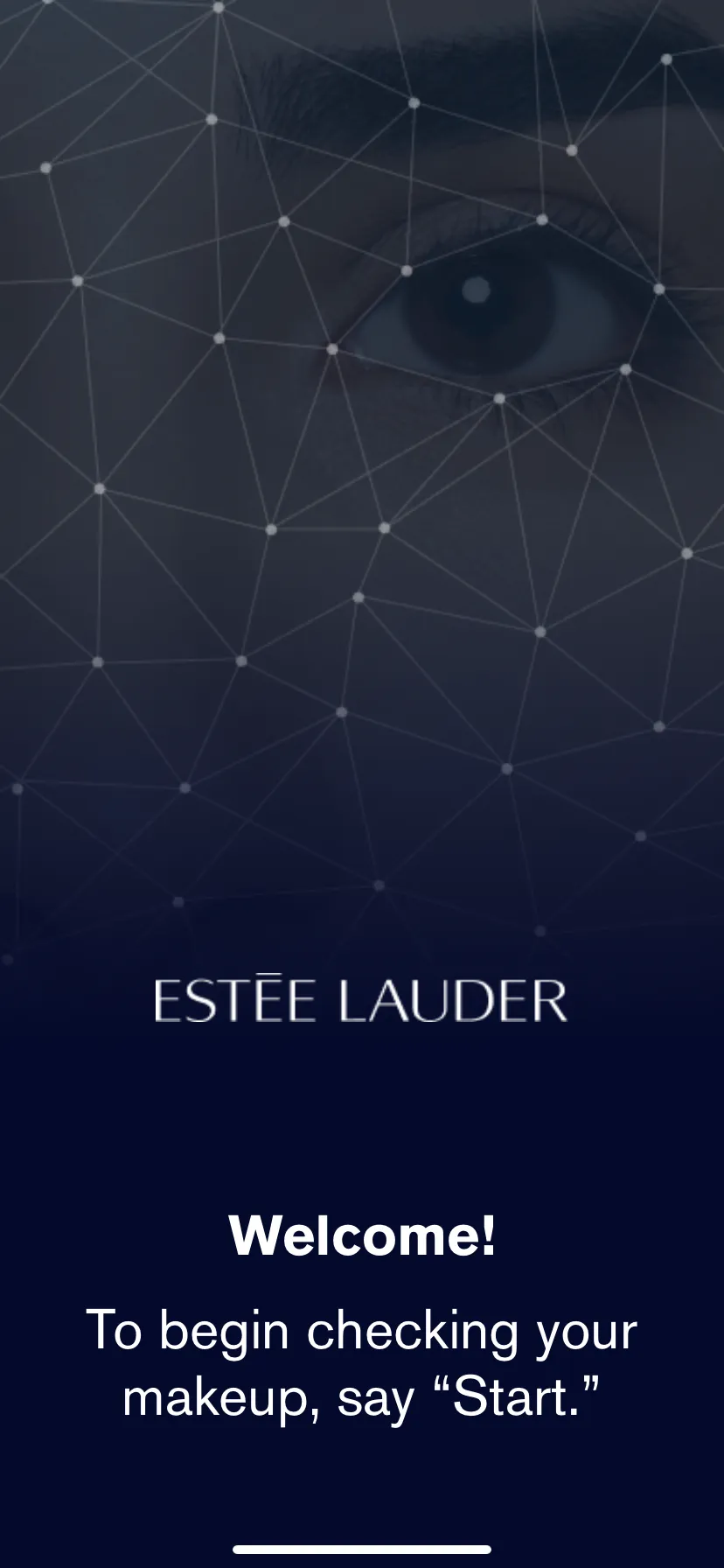
The free mobile app, developed using machine learning, identifies makeup applied on a user’s face and assesses the uniformity and boundaries of application and coverage. Users receive feedback and tips, audibly identifying areas of improvement.
The idea for the app was presented to Smith from multiple different touch points several years ago. He quickly realized it was a project that aligned with the overall objectives of the company.
“We spent a tremendous amount of time working with visually impaired community members that were blind or have low vision to determine what about this app is usable, what is helpful, what really would be a benefit and a value to them,” Smith said.

The consistent theme Smith found was that many people felt their makeup routine created a dependence on others. They would put on their makeup, take a selfie and send it to a person that they trust, awaiting feedback.
“As their makeup changed throughout the day, they couldn’t be sending dozens of selfies, so their concerns revolved around that intersection of, how does the makeup wear throughout the day and then also this reliance on others,” Smith said.
The IT team had experience with AI and augmented reality technology and used that experience to build out the app, Smith said. The team trained a learning model on thousands of images of people with different face shapes, face sizes and skin tones.
From there, it was all about connecting with end users, establishing the feedback loop and iterating to make the app better.
Fostering inclusivity
Building technology with accessibility in mind isn’t about a single product. On some level it’s about the company’s culture, Engelhardt told CIO Dive.
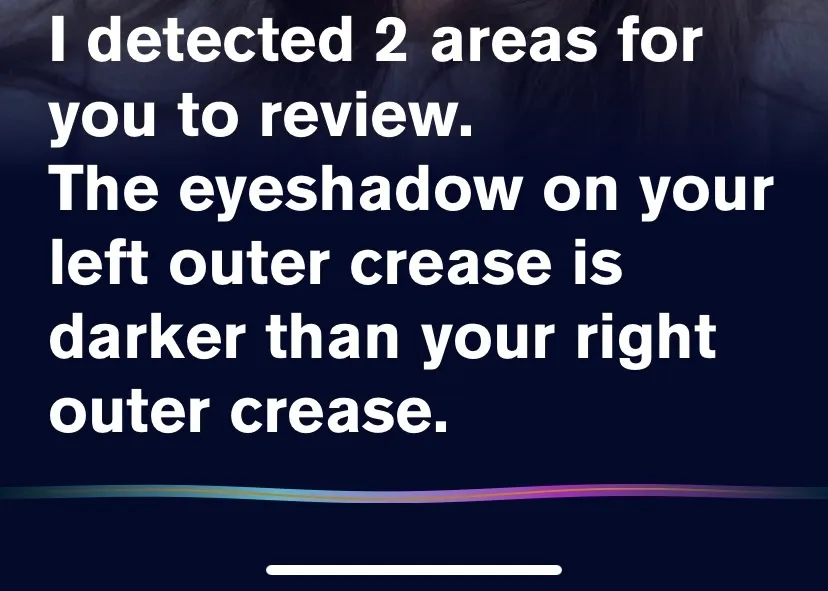
Distributed decision making, strategic clarity and being purposefully adaptive contribute to a culture that is more aware and connected, Engelhardt said.
“Distributed decision making enables people closest to a given problem or opportunity to make a decision,” Engelhardt said.
This goes hand in hand with being purposefully adaptive, Engelhardt said. If a distributed decision maker identifies an area of improvement, whether that comes from end-user interactions or from somewhere else, the team can pivot to address the opportunity without it feeling like a setback.
One aspect of Estée Lauder Companies’ app that changed over time was its voice.
“When we first started talking about this, we thought, ‘Oh, we can use a celebrity’s voice or an influencer’s voice or something very calm and soothing,’” Smith said. “What we found in the research was that a lot of people in this community use screen readers and that voice has a lot of familiarity that they appreciated… so we shifted gears and that’s exactly what we deployed.”
One user told the company they were impressed that every time they tested the app, it was a little different with noticeable changes so they could tell that the company was taking into account what the participants were saying. Smith said since the launch, the team has received feedback from users and will likely add different voice options.
“I think it’s mostly been about the usability and we’re continuing to really incorporate feedback,” Smith said about the future of the app. “We’re taking it to Android, and we know that we want to take it to additional languages so that it can truly be global.”



